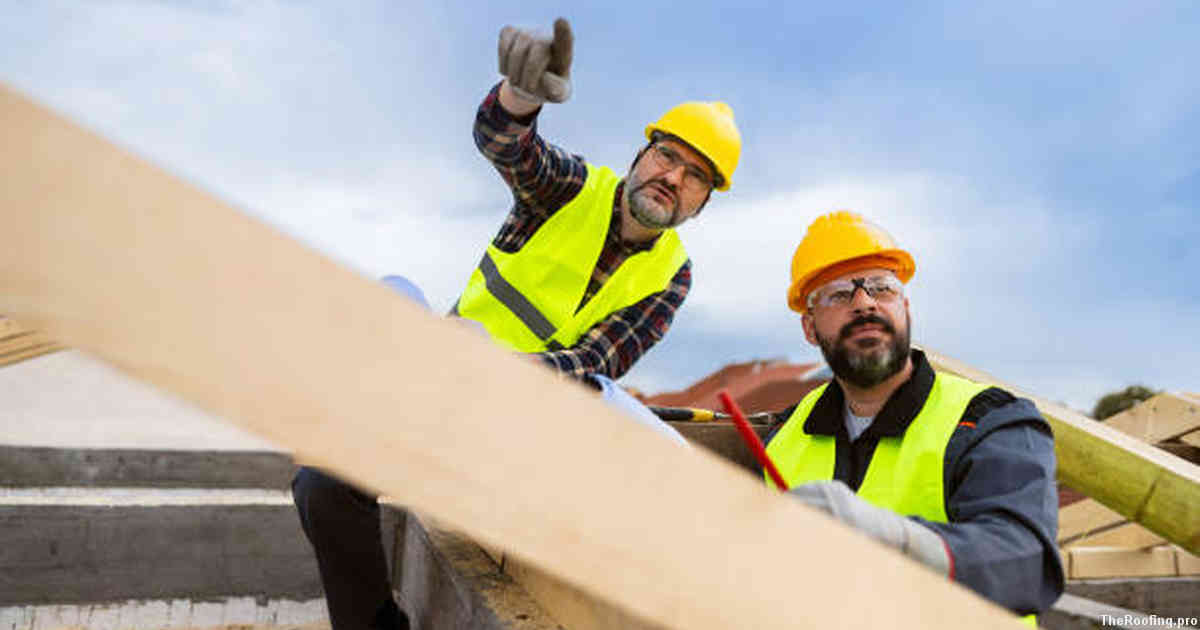
Estimating the life span of a roof is an important factor to consider when assessing the overall health of a home. It’s essential to understand when it’s time for replacing a roof, so you can take action and make sure your home is safe and sound.
Contents:
- Benefits of Regular Roof Maintenance
- Warning Signs of a Deteriorating Roof
- Estimating Life Span Based on Materials Used
- Average Lifespan of Common Roof Types
- Understanding Environmental Factors That Impact Wear and Tear
- How to Prepare for the Replacement Process
- Best Time to Replace Your Roof
- Cost Considerations for Replacing a Roof
A typical asphalt shingle roof lasts between 15-30 years depending on its location, weather exposure, installation quality, and maintenance level. Other materials such as metal roofs may last even longer but require more frequent inspections due to their higher susceptibility to corrosion or rusting from harsh elements like snow or rain. If your house has experienced any major structural changes over the years that have altered its foundation or stability then this could also affect how long your roof will last before needing replacement.
When inspecting a roof for signs of wear or damage it’s important to look at all aspects including checking for curling or buckling shingles which indicate moisture intrusion; damaged flashing around chimneys and skylights; broken tiles which can lead to leaks; missing granules that are indicative of aging shingles; moss growth indicating trapped moisture underneath them; and evidence of water stains inside attics which signify interior water leakage through compromised areas in the exterior surface above. All these issues should be addressed promptly by qualified professionals who can determine whether repairs are needed or if full replacement is necessary.
In general terms, homeowners should inspect their roofs every few years in order to catch potential problems early on before they become costly repairs down the line – especially during stormy seasons where heavy rains could cause significant damage if left unchecked for too long. Ultimately though each case needs individual assessment from certified technicians who specialize in these types of services so they can properly advise owners on what steps need taken next – whether that be repairing small sections now instead waiting until entire systems need replacing later!
Benefits of Regular Roof Maintenance
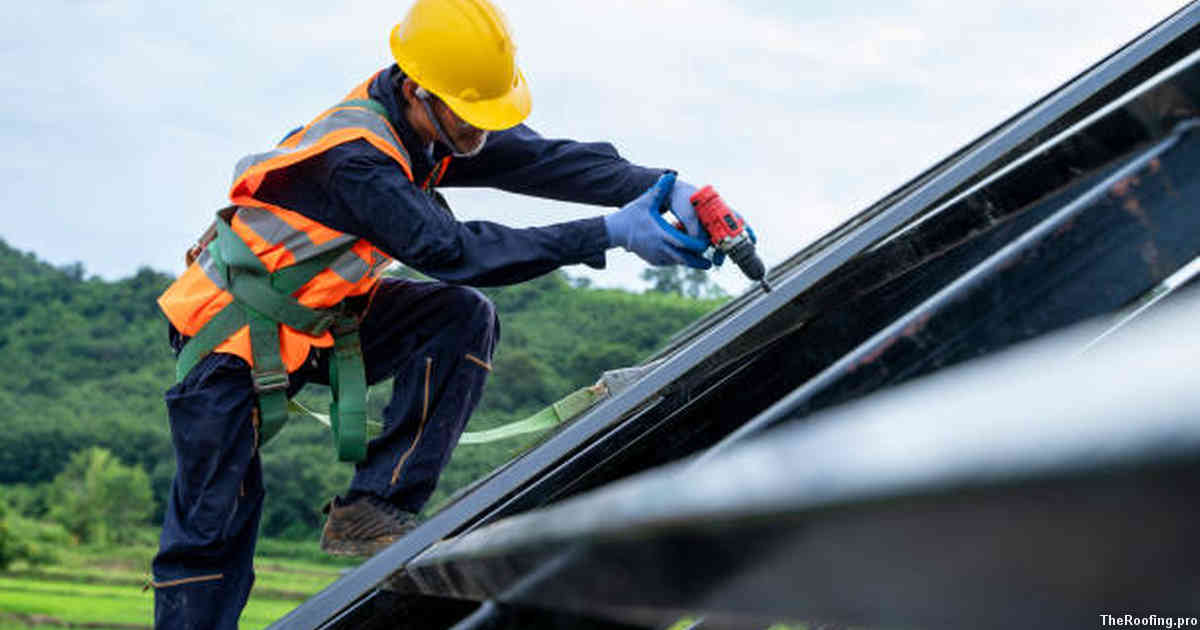
Regular maintenance of your roof is one of the best ways to extend its life span. With regular inspections, minor problems can be identified and fixed before they become major issues that could require costly repairs or replacements. Regularly checking for signs of wear and tear such as loose shingles or cracked flashing will help you stay on top of any potential damages that may arise from bad weather conditions or other external forces. Regularly cleaning the gutters will ensure water doesn’t accumulate in places it shouldn’t which can lead to rot and leaks.
Aside from extending the lifespan, regular roof maintenance also provides benefits related to energy efficiency and safety. Roofs are exposed to extreme temperatures throughout the year so having a well-maintained roof means better insulation against heat loss during winter months which helps lower heating costs significantly over time. Debris build-up on roofs can be a fire hazard if not taken care of properly so keeping up with regular maintenance is key in ensuring everyone’s safety in case an unexpected event occurs.
By taking these preventative steps now, you’ll be able save yourself money and headaches down the road when it comes time for replacing your old roof.
Warning Signs of a Deteriorating Roof
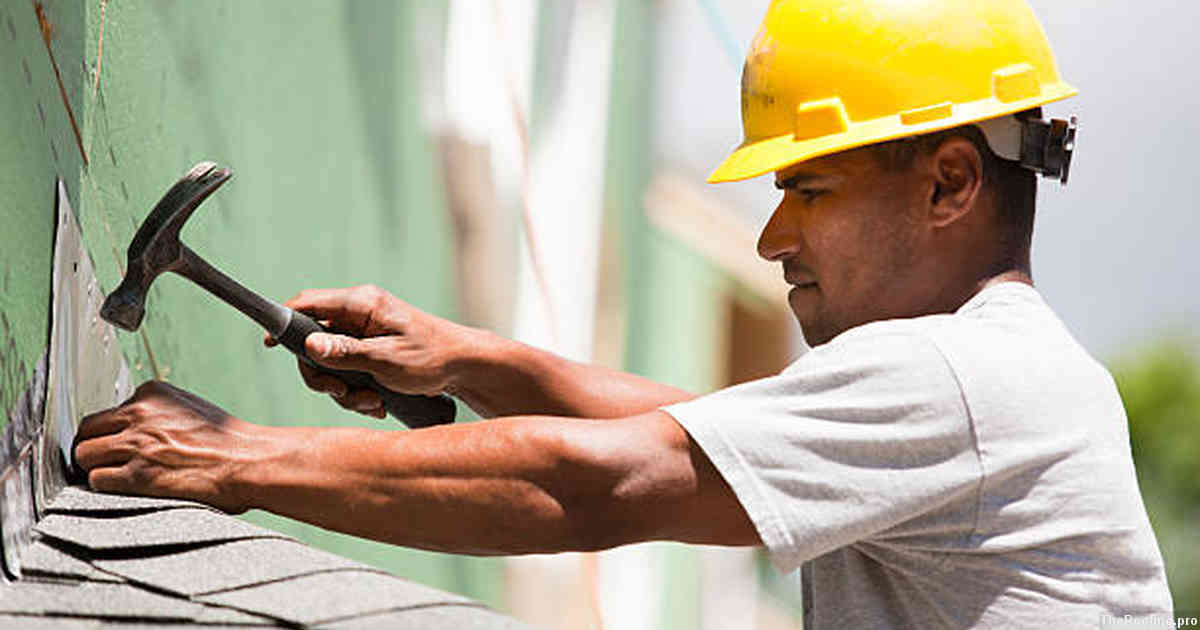
For homeowners who want to estimate the life span of their roof, it is important to keep an eye out for warning signs that indicate a deteriorating roof. These warning signs can include discoloration on the ceiling or walls due to water leakage, sagging spots in the roof’s surface, missing or broken shingles, and even mold growth. Noticing these changes earlier rather than later can help prevent more serious damage from occurring.
To stay on top of any potential issues with your roof, periodic inspections are recommended every six months or so. During these inspections it’s possible to detect if there are any gaps between joints and if there is evidence of cracking along edges or seams where leaks could occur. Looking for clogged gutters and downspouts may be helpful in detecting potential problems with a home’s drainage system which could lead to further damage within its structure.
In some cases repair work may be necessary instead of full replacement; however this will depend on the extent of deterioration detected during inspection as well as whether certain areas have become irreparable due to excessive wear-and-tear over time. If you find yourself needing professional assistance when determining whether repairs or replacements should take place then don’t hesitate contact an experienced contractor who specializes in residential roofs for help making an informed decision about how best proceed moving forward.
Estimating Life Span Based on Materials Used
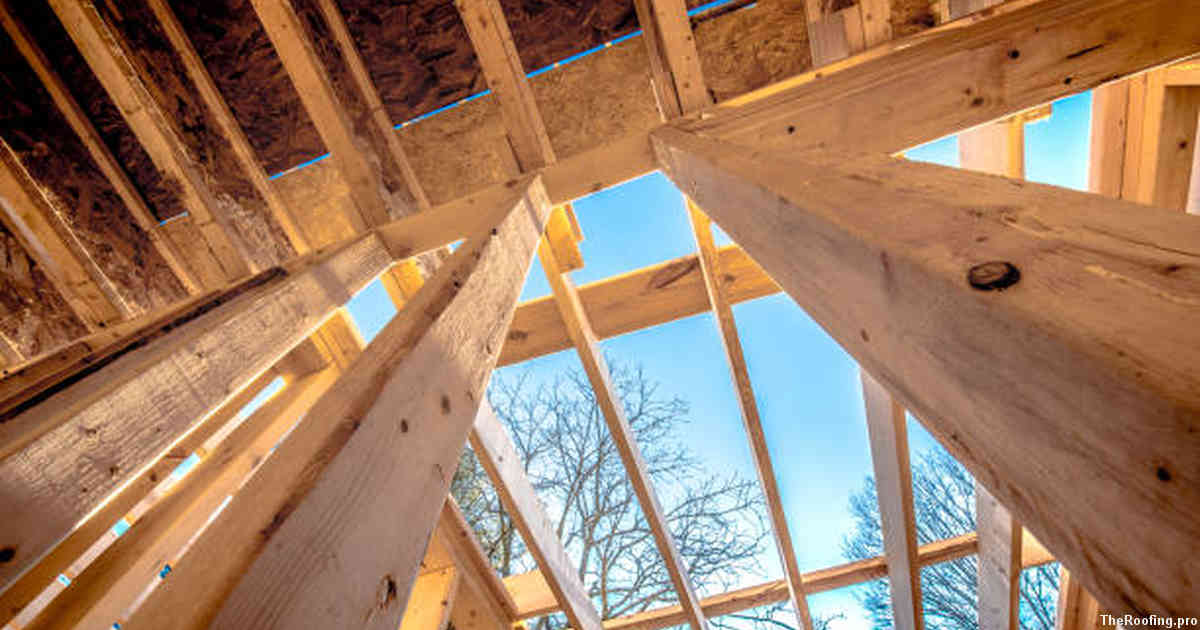
When it comes to the longevity of a roof, the materials used can have an immense impact on its life span. For instance, metal roofs are known for their durability and resistance to corrosion as they often last up to 40 years or more. On the other hand, shingle roofs typically last around 20-25 years and require frequent maintenance in order to ensure that they remain in top condition. Clay tile roofs are also long lasting but may require additional reinforcement due to their weight, resulting in a lifespan of 30-50 years with proper care and maintenance.
Regardless of the material used for a roof’s construction, climate conditions should always be taken into account when estimating how long it will last before needing replacement or repairs. Areas prone to extreme weather such as hail storms, heavy winds and large amounts of snowfall may cause premature wear and tear which could shorten the expected lifespan considerably. It is important then for homeowners living in these regions to conduct regular inspections on their roofing systems every two years or so in order to identify any potential problems early on before they worsen over time.
Homeowners should factor in energy efficiency when assessing their roof’s lifetime value; certain types of roofing materials such as cool asphalt shingles reflect solar radiation away from buildings during hot summer days helping reduce cooling costs significantly throughout the year while still providing adequate protection against harsh weather elements like rain and snowfall making them an ideal choice for many households.
Average Lifespan of Common Roof Types
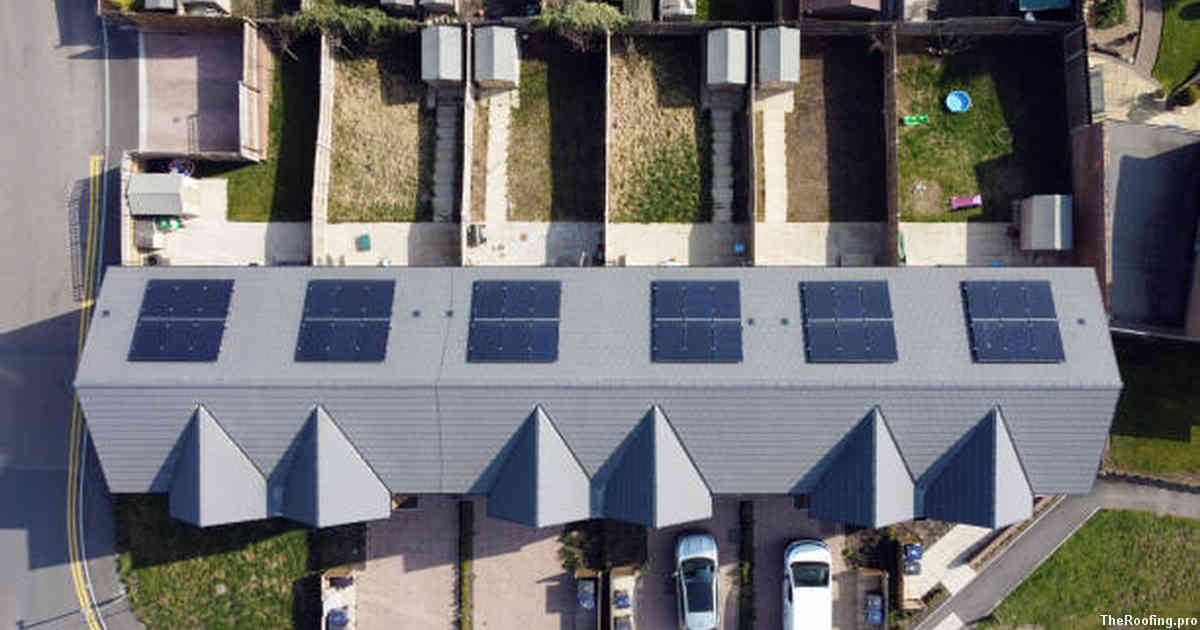
When it comes to roofs, not all are created equal. Different materials have different average lifespans and require different levels of maintenance. Asphalt shingles are the most common roof material and typically last for 15-30 years depending on the quality of installation and maintenance. Clay tiles provide a longer lifespan with an expected life span of 30-50 years. Metal roofs can be more expensive but they can offer up to 70 years or even more in some cases if they are properly maintained throughout their lifetime.
Slate is considered one of the best roofing materials due to its durability and long life span, usually between 50 – 100 years, making them ideal for those looking for a long term solution. Wood shakes are also known for their longevity as well with an average lifespan between 25 – 40 years depending on quality and care taken during installation.
Synthetic rubber membranes such as EPDM (ethylene propylene diene monomer) have become increasingly popular in recent times thanks to their low cost and flexibility when compared with other options available on the market today. With proper installation these types of membrane systems can easily last up to 25 – 35+ years before requiring replacement or repair work done by a professional roofer contractor.
Understanding Environmental Factors That Impact Wear and Tear
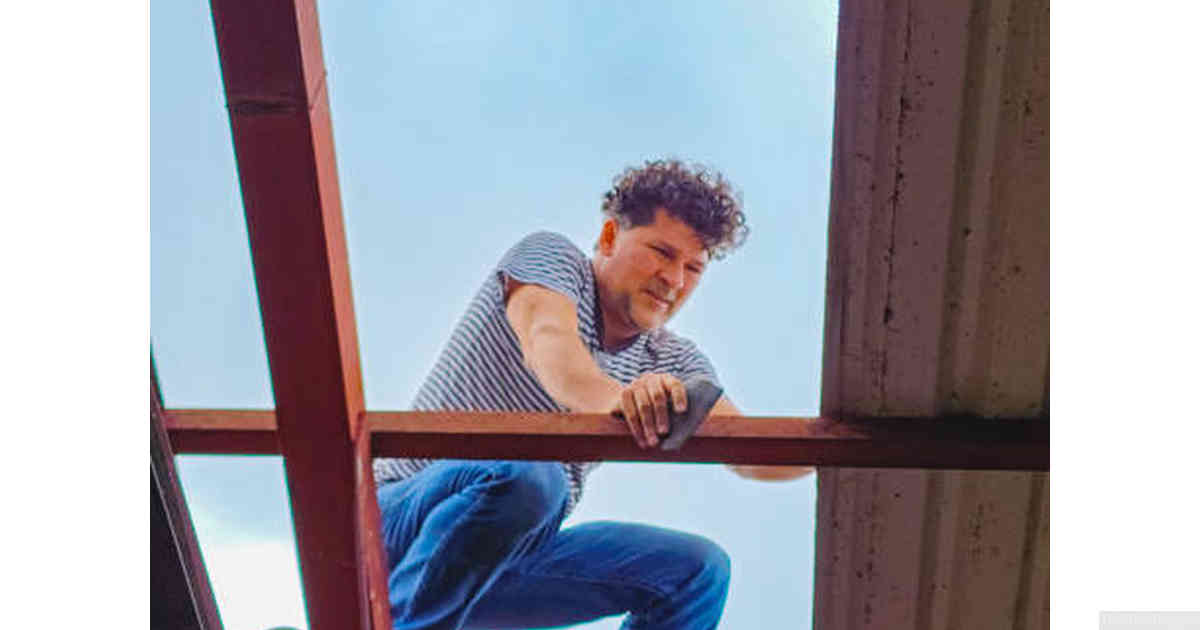
Environmental factors play a major role in the wear and tear of roofs. Understanding these elements is critical for accurately estimating the life span of a roof. Temperature, humidity, sunlight exposure, wind speed and direction are all important considerations when it comes to determining how long your roof will last.
High temperatures can cause shingles to become brittle over time, leading to cracks and breakage that could allow water into your home. Constant sun exposure can also lead to fading or discoloration of materials used in roofing construction which may reduce their effectiveness over time. High winds can cause damage by loosening fasteners or tearing off shingles altogether while extreme weather events such as hail storms can leave behind visible signs of damage on any kind of material used in construction.
The geographical location where the house is located must be taken into consideration as well since certain areas tend to experience more frequent rainstorms and hailstorms than others do. To ensure that you have an accurate estimate for when your roof should be replaced next, it’s important that you take note not only of its age but also any external environmental factors which could potentially impact its condition over time as well as make necessary repairs whenever needed.
How to Prepare for the Replacement Process
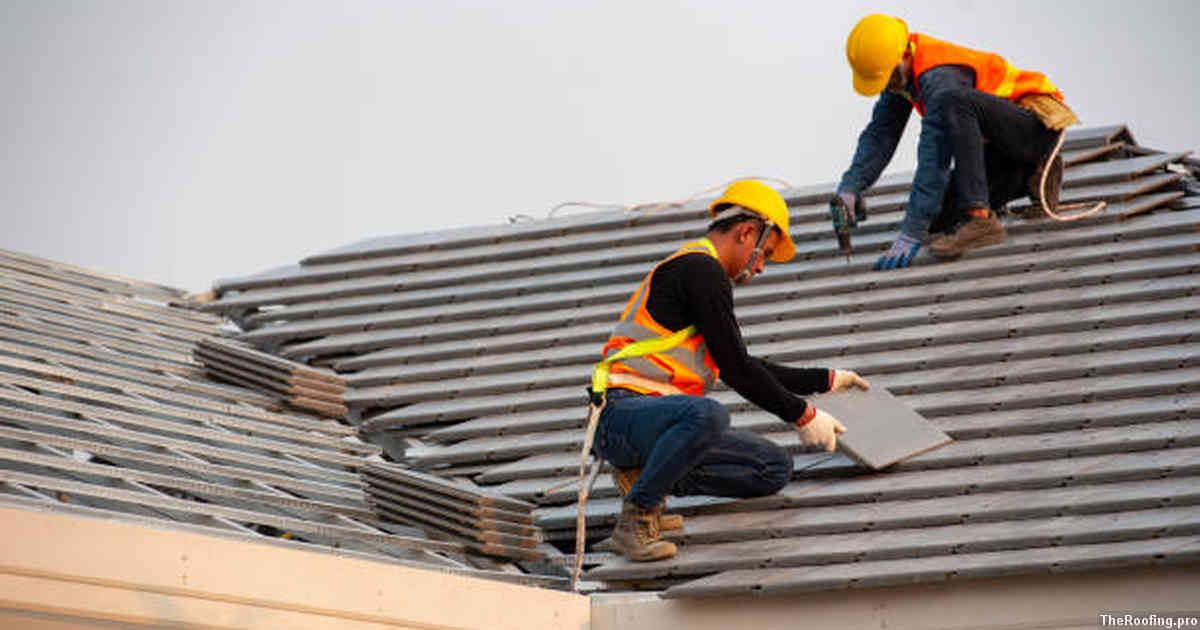
Before replacing a roof, it is essential to make sure that the process is properly planned and prepared for. It’s important to check with local building codes and requirements before starting any work. Homeowners should also consider their budget, taking into account both labor costs and materials needed.
In addition to checking local codes, it’s important to ensure that the property has all of the necessary permits in order for the replacement project to move forward. This can involve contacting your city or county government in order to receive permission from them prior to beginning work on your roof. You will need an experienced contractor who is familiar with working on roofs as well as installing new ones correctly.
Once you have taken care of all these pre-replacement tasks, you are ready to start making decisions about which type of roofing material would best fit your needs and budget constraints. By doing some research ahead of time and comparing different types of shingles or tiles available, homeowners can ensure they get the best value for their money when choosing a new roof for their home or business property.
Best Time to Replace Your Roof
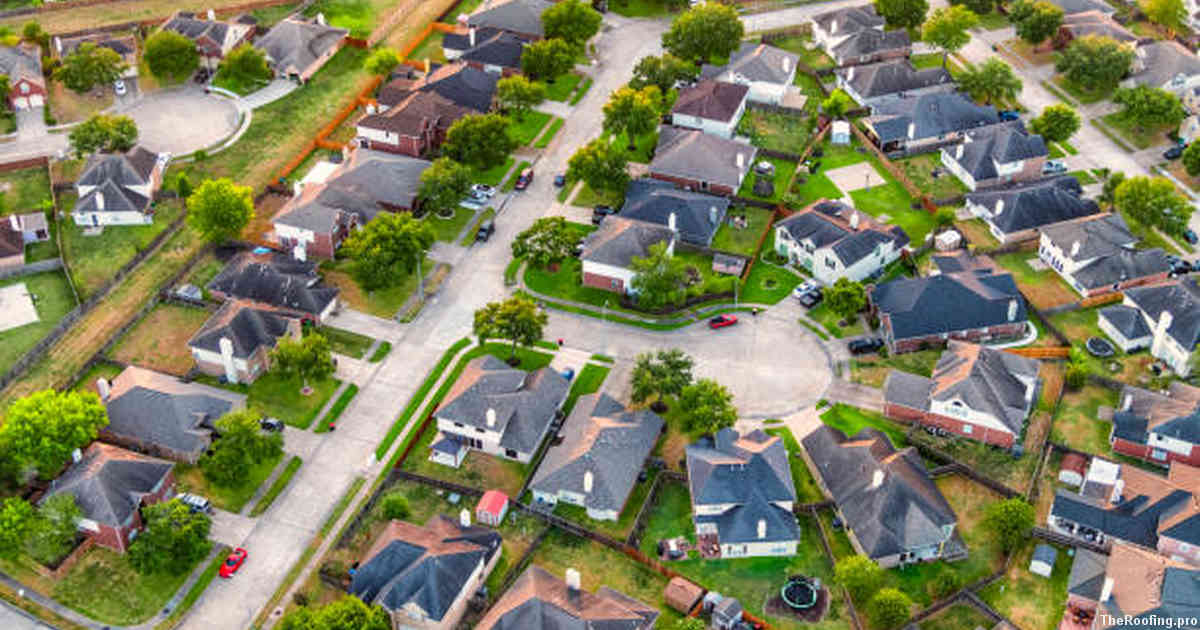
Knowing when the best time to replace your roof is an important factor for homeowners. Roofs are a major investment and can be costly, so it’s important to get the most out of them.
The age of your roof is one of the main factors that will determine if you need to replace it or not. A good rule of thumb is that roofs typically last around 20 years, although this depends on what type of material was used and how well it has been maintained over the years. If you’ve had any repairs done recently, then this could extend its life by several more years. However, if your roof is nearing 20-25 years old then it’s probably time to start considering replacement options as regular maintenance won’t be enough at this point.
Another key factor in determining when you should replace your roof comes down to weather conditions in your area such as hail storms and extreme temperatures which can cause damage much faster than normal wear and tear would do over time. It’s also worth taking into account whether there have been any significant changes made to the structure of your home such as adding extra rooms or extending an existing one which could mean that additional support may now be needed from underneath the roof tiles due to extra weight being placed upon them from above. By regularly inspecting both these areas – age/condition & structural changes – you’ll be able to better estimate when might be best for replacing your current roof with a new one ensuring maximum value for money spent throughout its lifetime.
Cost Considerations for Replacing a Roof
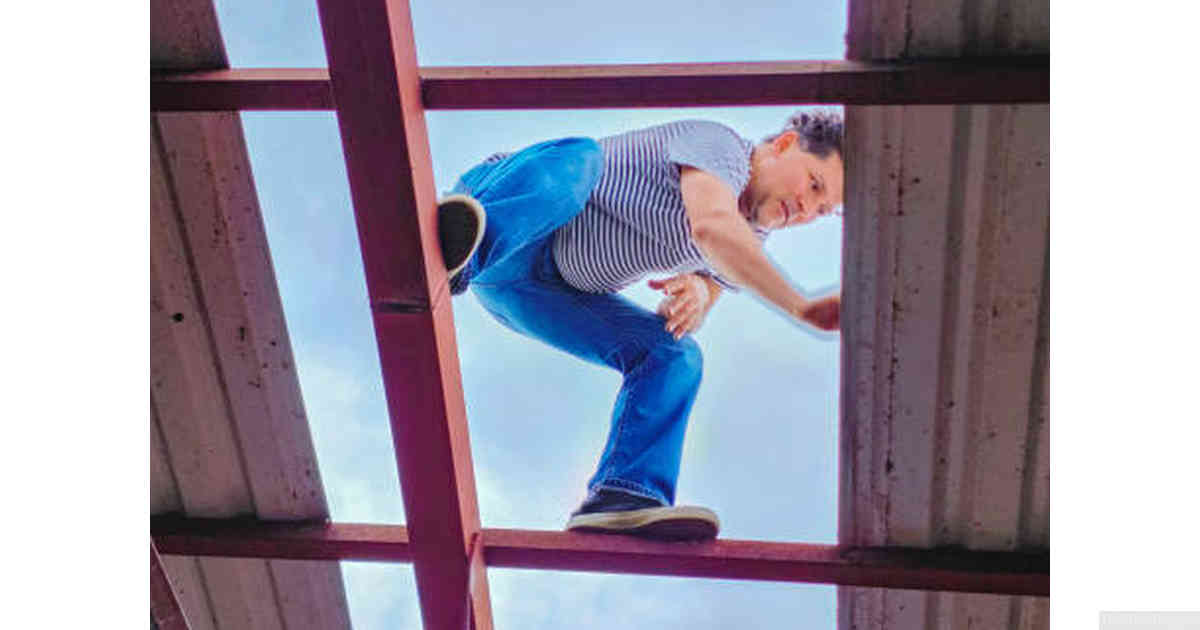
When it comes to replacing a roof, cost is often the deciding factor for homeowners. Replacing an entire roof can be expensive, and that’s why understanding how much it will cost is important before committing to the project.
The most significant cost when replacing a roof is labor. The type of material used will also affect the total price. For instance, asphalt shingles are usually cheaper than metal or tile roofs while slate tiles tend to be on the more expensive side. If you’re looking for something that offers longevity but don’t want to break your bank account, consider installing architectural shingles which provide good durability and come in different styles and colors at reasonable prices compared with other types of roofs such as wood shake or clay tiles.
Another cost consideration when planning to replace a roof is whether you need additional work done such as repairing any existing damage caused by weather or age-related wear and tear before installation can begin. This could add significantly onto the overall expense depending on what kind of repairs are needed so make sure you budget accordingly if this applies in your case.